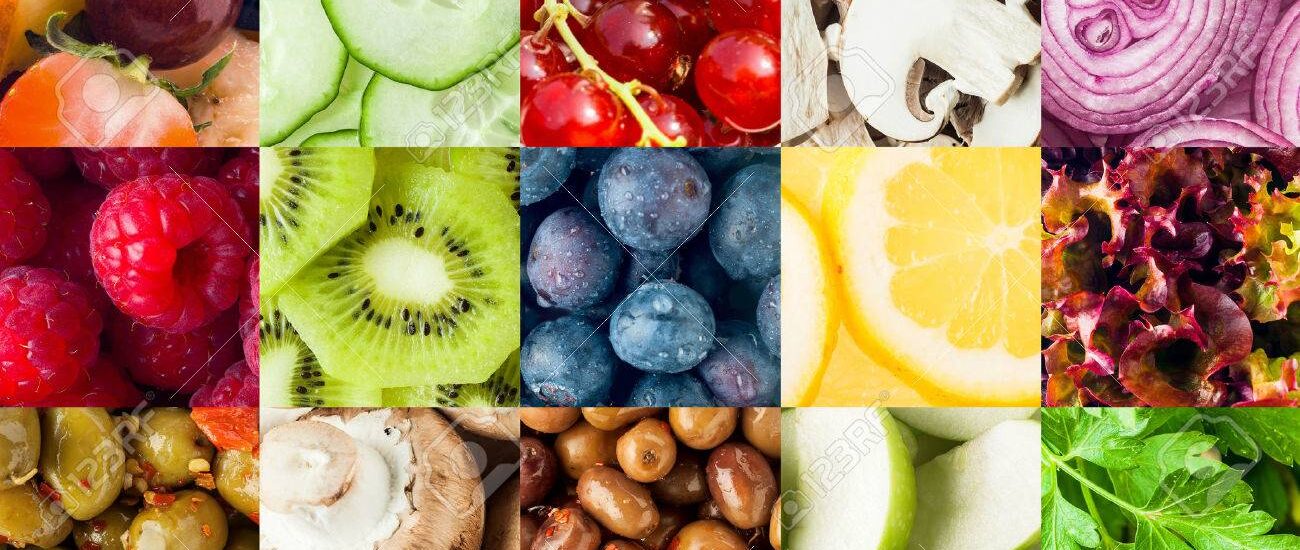The anthocyanin food colour is projected to grow at a CAGR of 4.8% from 2022 to 2032, reaching over US$ 323 million by 2022. Anthocyanins, known for their vibrant hues in foods like black rice and blueberries, constitute around 18.89% of the global natural food color market valued at US$ 1.6 billion in 2021. Widely used for their diverse color range (blue, red, purple, or black), anthocyanins are found in various plant parts, including flowers, fruits, and vegetables.
The global market for anthocyanin food colour is Anthocyanin Food Colours Market research indicates that the market is expected to develop at a CAGR of 4.8% between 2022 and 2032, reaching a value of over US$ 323 million by 2022. Sales of anthocyanin food colouring made up around 18.89% of the total in the global market for natural food colouring, which was projected to be valued US$ 1.6 billion in 2021.
Anthocyanins are a widely used and varied class of food colouring; depending on their pH, they can have blue, red, purple, or black hues. Among the various food plants that have hues of purple, red, blue, or black, anthocyanin-rich foods include black rice, blueberries, raspberries, and black soybeans. They are present in the cell vacuole of leaves, stems, roots, and especially flowers, vegetables, and fruits.
Request for Sample Report @
https://www.futuremarketinsights.com/reports/sample/rep-gb-14841
Organic anthocyanin attaches health benefits like reducing the risk of heart disease and respiratory disorders. This has impelled the consumption of the anthocyanin market. The anthocyanin food color market is driven by its rising demand in food and beverage industries owing to its functional properties such as being anti-allergic, anti-microbial, anti-inflammatory, and antioxidant.
There is no conclusive evidence that anthocyanins have any effect on human biology or cause any diseases, hence are widely applied in the food industry. Anthocyanins’ restorative remedial properties, derived from their antioxidant, neuroprotective, and anti-malignant growth properties, have made them conducive for use in pharmaceutical products.
Key Takeaways from Market Study
- The overall anthocyanin food colors market is anticipated to grow at a rate of 8% on American continents. The US anthocyanin market contributes over 32% of the global Anthocyanin food colors market.
- The European anthocyanin food colors market is currently pegged at approximately 1500 metric tons by volume and USD 75 mn by value. The demand for anthocyanin Food Colors is about to grow at 9% CAGR between 2022 and 2032 in this region.
- The Asia-Pacific region is poised to be the fastest-growing anthocyanins market owing to the augmenting demand for natural colorant food and beverage and personal care products.
- By application, the beverages industry holds command over the highest market share of 25%, followed by the bakery, snacks, and cereals segment and then the dairy industry. It is used as a coloring agent in cakes and bakes and in dairy products like ice creams, yogurt, etc.
- When compared to synthetic colorants, anthocyanins have lesser stability, which is a major restraining factor for market expansion. Another problem impeding the market’s pace is the product’s higher cost when compared to its competitors.
- Growing consumer preference for organic, healthy, and nutritious plant-derived food products is the main driver for sales of natural food colors like anthocyanin across global markets. Rising urbanization and government policies that encourage the use of natural food colors across industries are expected to fuel the anthocyanin market even further.
“Anthocyanin food colorant producers should consistently innovate and adopt creative strategies to scale in an already booming market dominated by numerous players. Manufacturers should also strive to make plant-based food colors like anthocyanin more affordable to food processing industries. Larger companies would profit significantly by diversifying their range on anthocyanin color pallet and by targeting the artisanal wine and craft beer market,” says a Future Market Insights analyst.
Talk with Our Analyst@ https://www.futuremarketinsights.com/ask-question/rep-gb-14841
Competitive Landscape
Food colorant producers are intensively focusing on market research techniques and cost-cutting procedures in order to make anthocyanin food colors accessible for the food processing industry. These manufacturers also participate in various strategic alliances with leading food brands around the world to increase the reach of their products.
Some of the leading market players in the Anthocyanin food colors market are Chr. Hansen Holding A/S, Kalsec Inc, Sensient Technology Corporation, Symrise A.G., Archer Daniels Midlands Co., Naturex S.A., DDW, among others. The aforementioned firms hold market dominance over more than 65% of the anthocyanin food colors market. Hence, the Anthocyanin food colors market leans towards the consolidated phase.
Anthocyanin Food Colors Market by Category
By Nature, the Anthocyanin food colors market is segmented as:
- Organic
- Conventional
By Application, the Anthocyanin food colors market is segmented as:
- Bakery & Confectionery Products
- Beverages
- Fruit Preparations/ Fillings
- Dairy Food Products
- Potatoes, Pasta, and Rice
- Soups, Sauces, and Dressings
- Meat, Poultry, Fish, and Eggs
- Seasonings
- Others
By Source, the Anthocyanin food colors market is segmented as:
- Black Carrot
- Berries (Elderberry, etc.)
- Purple Corn
- Red Sweet Potato
- Red Radish
- Others
By Product Type, the Anthocyanin food colors market is segmented as:
- Cyanidin
- Malvidin
- Delphinidin
- Pelargonidin
- Petunidin
- Others
By end-user industries, the Anthocyanin food colors market is segmented as:
- Food Industry
- Personal Care Industry
- Others
By Region, the Anthocyanin food colors market is segmented as:
- North America (U.S., Canada, Mexico)
- Latin America (Brazil, Argentina, Chile, Peru, Bolivia)
- Europe (Germany, U.K., France, Italy, Spain, Poland, Russia), Middle East & Africa (GCC Countries, Turkey, Northern Africa, South Africa), India
- Asia-Pacific (China, Japan, South Korea, Thailand, Malaysia, Vietnam, Indonesia, Oceania (Australia, New Zealand)
Buy Complete Report@ https://www.futuremarketinsights.com/checkout/14841
The report covers exhaustive analysis on:
- How big is the Anthocyanin Food Colors Market?
- How Much Does Anthocyanin food colors market contribute to the Natural Food Colors Market?
- At What Rate will Anthocyanin Food Colors Demand Grow in Asia-Pacific?
- Which is the largest source for raw materials of Anthocyanin food colors?
Frequently Asked Questions
How big is the Anthocyanin Food Colors Market?
How Much Does Anthocyanin food colors market contribute to the Natural Food Colors Market?
At What Rate will Anthocyanin Food Colors Demand Grow in Asia-Pacific?
Which is the largest source for raw materials of Anthocyanin food colors?
About FMI
Future Market Insights (ESOMAR certified market research organization and a member of Greater New York Chamber of Commerce) provides in-depth insights into governing factors elevating the demand in the market. It discloses opportunities that will favor the market growth in various segments on the basis of Source, Application, Sales Channel and End Use over the next 10-years.
Contact Us:
Unit No: 1602-006
Jumeirah Bay 2
Plot No: JLT-PH2-X2A
Jumeirah Lakes Towers, Dubai
United Arab Emirates
For Sales Enquiries: sales@futuremarketinsights.com
Browse Other Reports: https://www.futuremarketinsights.com/reports
LinkedIn| Twitter| Blogs


